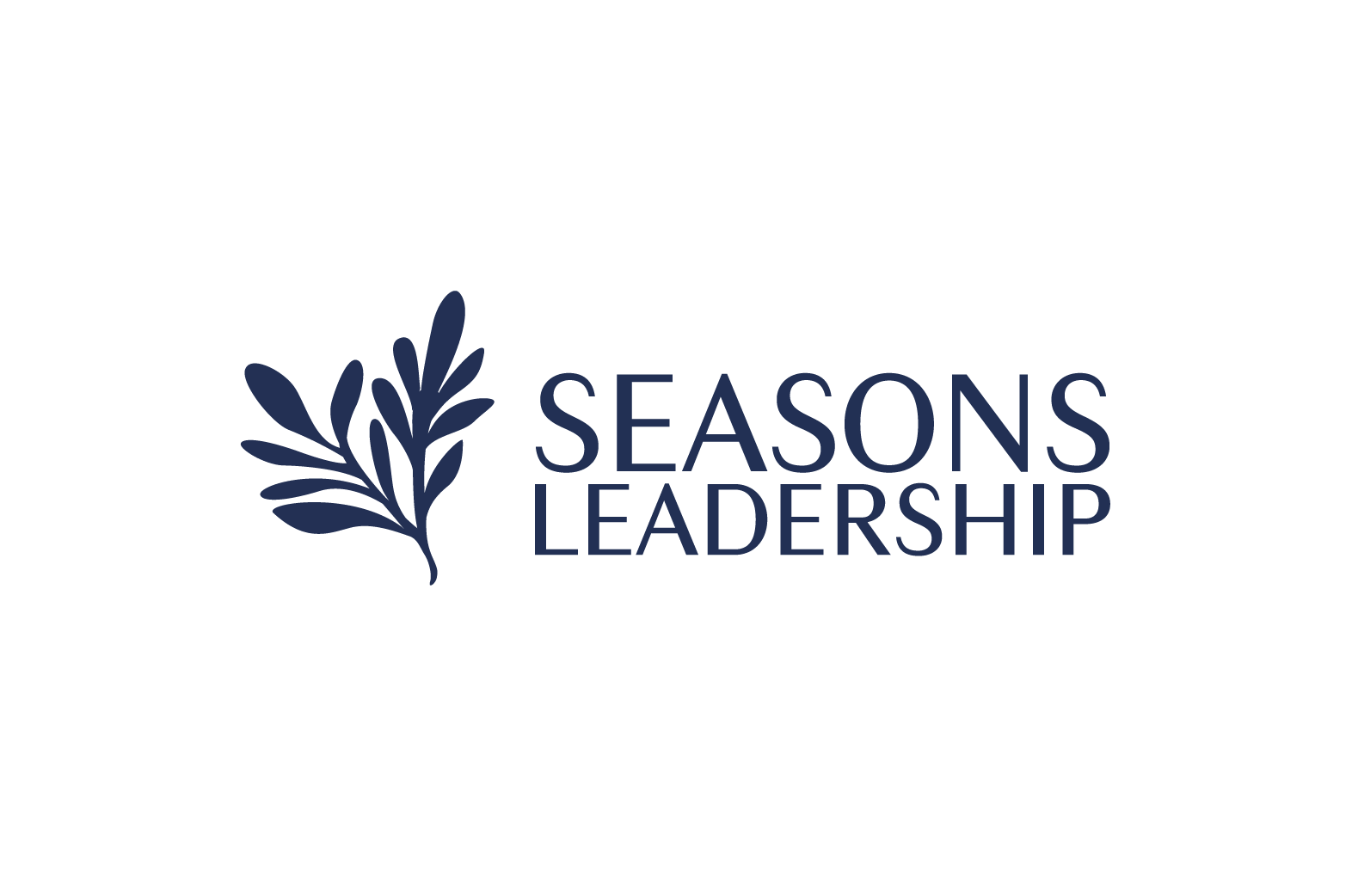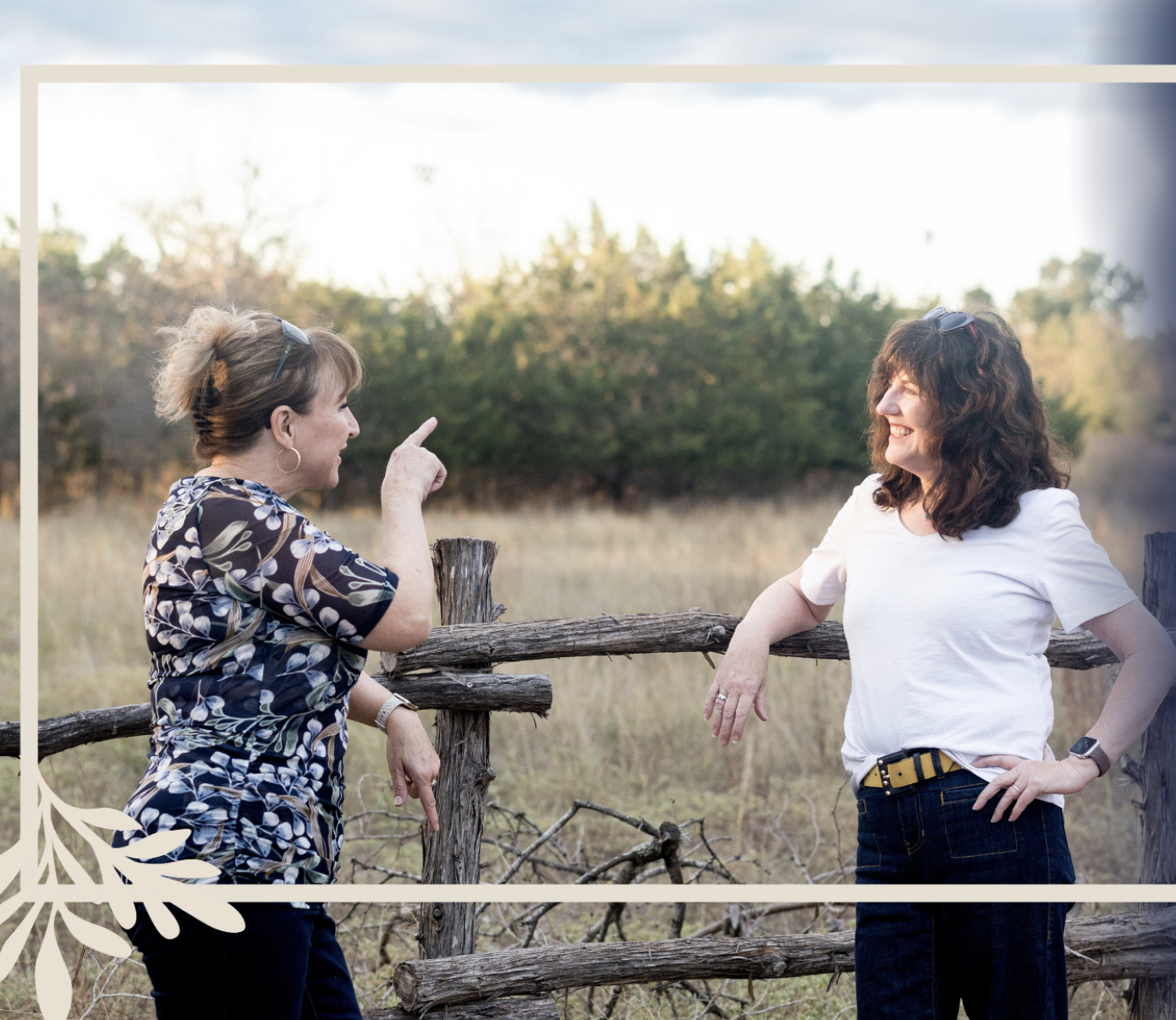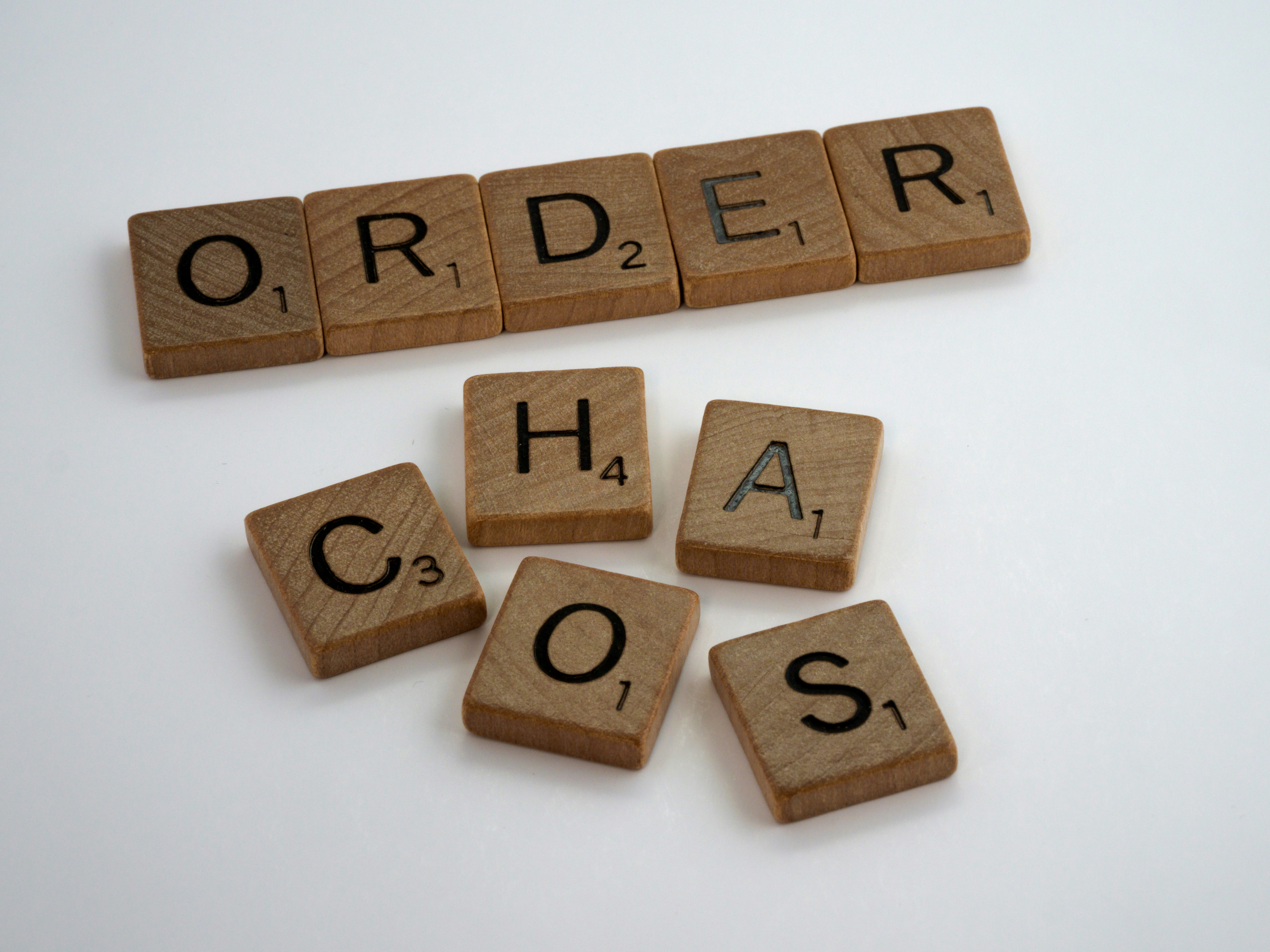Excellent Mission Statements: How to Create Them Using Your Why as Inspiration
“People don’t buy what you do; they buy why you do it.” – Simon Sinek
Have you ever said,“I’m really on a mission.” Take a moment to think about what you meant. I may have used the phrase most recently when I visited Magnolia Silos in Waco,Texas. I was really on a mission to taste their amazing cupcakes! On a mission normally refers to someone who is singularly focused on a purpose that they are trying to fulfill or an objective they are trying to achieve. But crafting a mission statement for a business (or even yourself) is not as easy as eating a cupcake.
Often mission statements don’t include a singular purpose but rather try to describe an organization’s entire portfolio – all they offer and hope to offer to their customers and more. We have all seen examples of corporate mission statements that resemble a word salad. However, the cupcake example can be helpful to break down this concept into bite-sized pieces. A mission statement should be a short statement of an organization’s purpose or its reason for existing. While cupcakes are not my only reason for existing the mission statement should, like that day’s visit to the famous bakery, be the organization’s reason “why.”
Why is a Mission Statement Important for an Organization?
Mission Statements are the organization’s purpose and the path to achieving the vision. It’s also one point in what I consider the foundational leadership triad: Vision – Mission – Values. This triad defines the overall what, why and how for an organization. The 2021-2022 Baldrige Criteria for Performance Excellence asks organizations to state their Vision, Mission and Values and to explain how their core competencies relate to the Mission.
Think of it this way. If you know what the organization is trying to accomplish – its long-term aspirational Vision; why it exists – its purpose or Mission; and how it will go about doing it – in alignment with its Values, then you can determine whether it is an organization you want to support or work for.
In his book, “Start with WHY,” author Simon Sinek says, “All organizations start with WHY, but only the great ones keep their WHY clear year after year.” It isn’t enough to start with why, but you must review it regularly and keep it clear. When employees understand their organization’s what, how and why as well as their own role or contribution towards achieving the mission, they tend to be happier and more productive. That alone is a good reason for an organization to have and document a mission statement.
Create Excellent Mission Statements Using the Leadership Triad
In a recent blog post, “Lead with Vision,” Susan Ireland, co-founder of Seasons Leadership, described the importance of having a clear vision, the first part of the foundational leadership triad. At Seasons Leadership we believe in setting good leadership examples so the first action we took when we created the program was to write down our Vision, Mission and Values.
We created our mission statement together keeping in mind our vision and values. Our Seasons Leadership Program mission (why we exist) is to: “Provide expertise, coaching, and create a space for a community of inspiration and support so that successful leaders can achieve personal and professional growth, fulfill their purpose, and strengthen their organizations and communities, one small cohort at a time.”
This mission statement describes why Seasons Leadership exists.
We believe we serve a niche in the leadership/coaching world. By linking personal and professional growth and purpose to success as a leader we ensure participants in our program have the tools and inner confidence to survive and thrive in any working environment. Understanding why we exist has allowed us to connect with people who can truly benefit from our expertise and support.
Create Personal Mission Statements Using “Your Why”
Mission statements are not limited to organizations. People can benefit from a personal mission statement. Stephen R. Covey, author of “7 Habits of Highly Effective People, said, “Creating and integrating an empowering personal mission statement is one of the most important investments we can make.” A personal mission statement is important for some of the same reasons that an organizational mission statement is important. It’s our why, our purpose.
A few years ago, I went through a significant life event; retiring and transitioning out of a corporate job after 30+ years. For the first 6-8 months everything was a whirlwind - selling one home and buying another, moving, setting up life and getting settled in the new location, making new friends and trying out new things. At about the 9-month point, I needed to define what was next for me. I contacted my executive coach and asked if he would help me figure it out. I wanted to have something that made me excited to wake up every morning and get going rather than waking up and trying to figure it out each day.
My coach helped me define my purpose (my why), my values (my how), and my vision (my what). The process focused on my purpose first. That moment was an emotional “ah-ha” for me; there were even tears involved (mine, not my coach’s). I came to the realization that my purpose and values had been guiding what I had done throughout my entire corporate career, even though I couldn’t necessarily have stated my purpose then. Through working with my coach, I created my personal mission statement: “Making a positive difference in the world, one person at a time.” (By the way, I strongly encourage working with a coach. Check out our Almanac blog on Professional Coaching if you want to learn more about that topic.) Discovering my “why” has given me perspective and guides how I live my life.
Once I had a personal mission statement and named my values (more on values in a future Almanac blog post), I had two key guiding elements for everything in my life which gave me direction, and insight into how I show up as a leader. Being able to write those down and keep them in front of me has been invaluable and led me to do what I am doing now – being a professional coach and co-founding Seasons Leadership Program.
Start Creating Your Mission Statement Today
Whether you are interested in crafting an organizational or personal mission statement, there are tons of examples and even templates available online for free. In the Seasons Leadership Program our participants craft Vision and Mission statements and identify their values as part of our foundational leadership practices. Learn more about the program or join our community at www.seasonsleadership.com. Susan and I live by what we believe in, and to set a good leadership example, we regularly review our Vision, Mission and Values, and keep our WHY clear. Join us and create your mission statement today.
Want more leadership insights from The Almanac?













